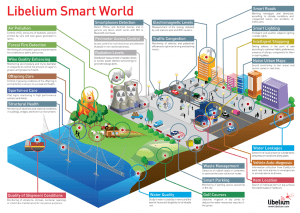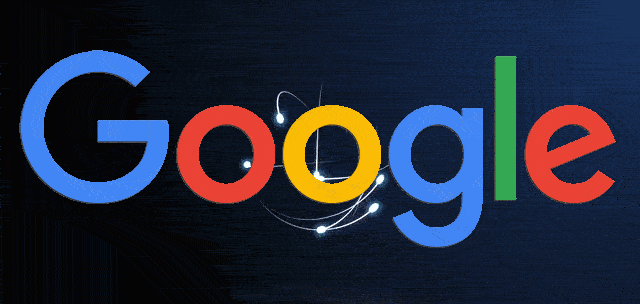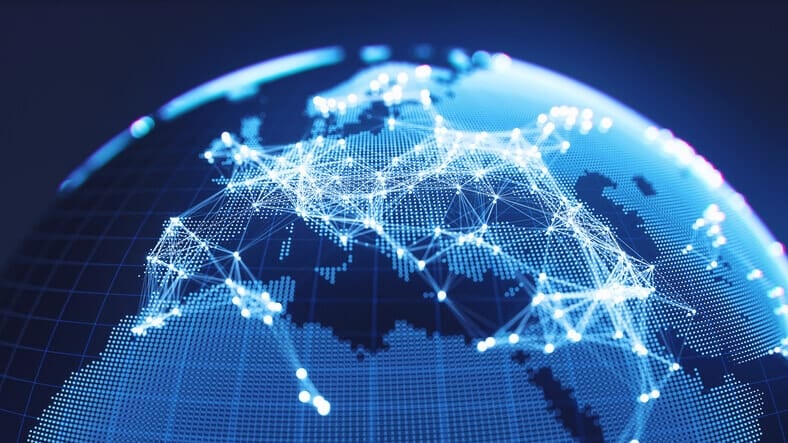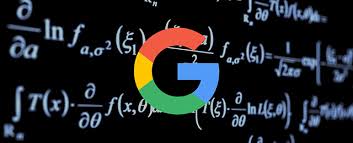Internet of Things is the concept of connecting every device and every machine to the Internet, and/or to each other. This includes cell phones, coffee makers, washing machines, headphones, lamps, wearable devices, jet engines, etc. Some estimate, by 2020, there will be over 50 billion devices connected.
According to Forbes, the “Internet of Things” is probably, the most ambitious open source project.
Why would you want so many devices connected and what would be the potential value?
Let’s say your alarm clock goes off at 6. Upon waking, your alarm clock notifies your coffee maker that its time to start brewing. Once you leave the house, your car will have your calendar in its system and already know when and where your meeting is and have the proper route prepared. The car will be able to detect that you are running late and automatically sends a text notifying the person you are meeting. This is an example of how the IoT can help bring value to your life.
In a broader scale, the IoT can be applied to much larger networks: transportation, waste, energy, infrastructure, and will eventually form “smart cities” as seen in the image below.
Click to enlarge, click back to escape
The Internet of Things will certainly open doors to a lot of opportunities, as well as present challenges.
With all of this data being produced from all of these devices, companies need to figure out a way to store, track, analyze, and make sense of the vast amounts of data that will be generated. Security is always a concern with new technology, will someone be able to hack into your coffee maker and gain access to your network? These and many more questions will be answered as this en-devour moves forward.






